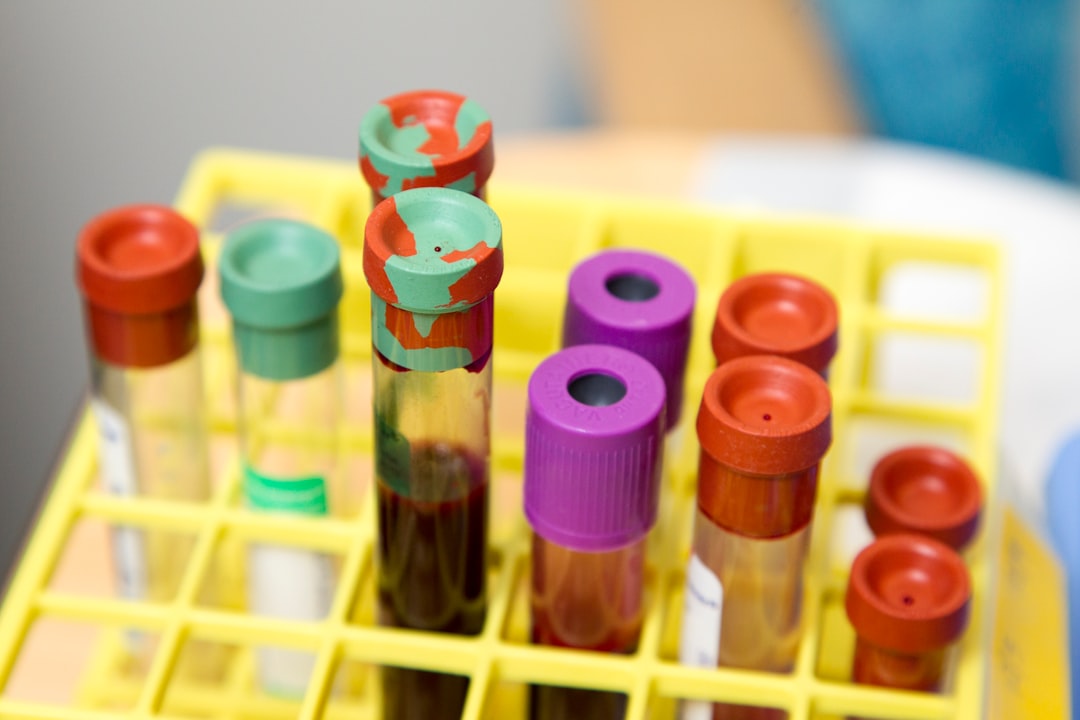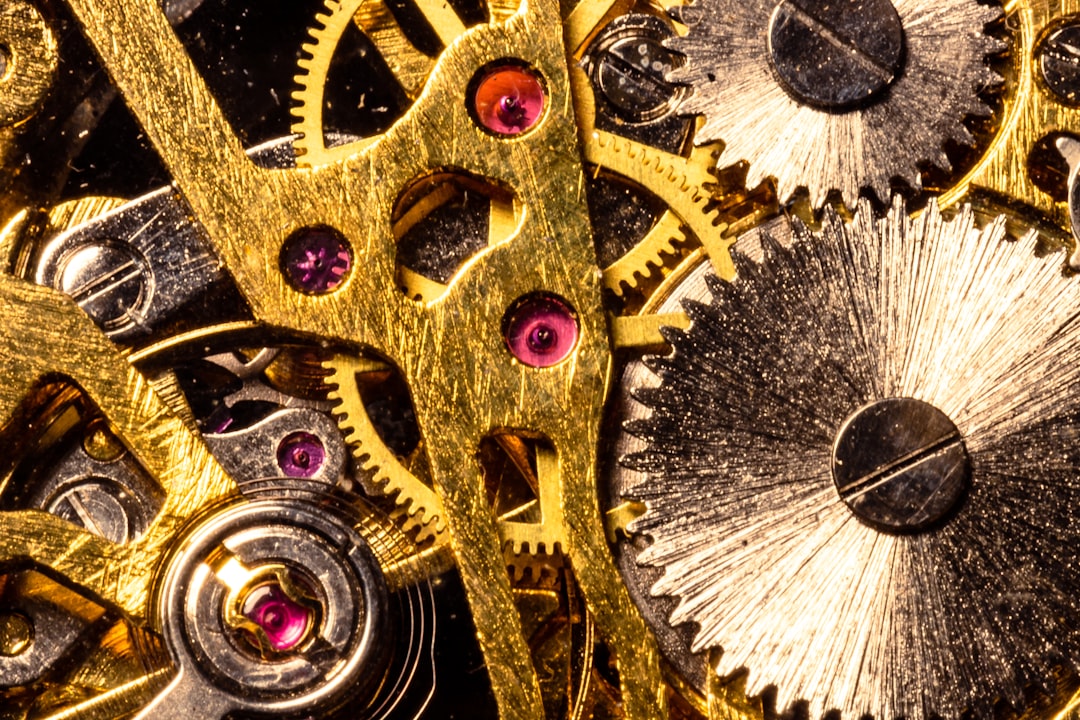What is it about?
How does bacterial ribosome know which AUG is the start codon? One key mechanism is the sequence signal a few bases upstream of the coding sequence, called Shine-Dalgarno (SD) sequence, decoded by the anti-SD (aSD) sequence present in the 16S rRNA in the ribisome, together with the condition that SD and the start codon are not embedded in secondary structure (i.e., the signals are visible to the decoder). The decoder is extremely conserved across bacterial species, but occasionally some changes occur, and the signals (SD) would need to change to adapt. Similarly, when mutation bias changes SD, then aSD would need to change to adapt to the changing SD. This paper is about the coevolution between SD as signals and aSD as decoder.
Featured Image
Why is it important?
Translation efficiency is not only important for the survival of organisms in nature, but also directly impact biopharmaceutical industry because many drugs are protein in nature. More efficient translation means more protein production and more money.
Perspectives
Coevolution between signal motifs and their decoders permeates all aspects of molecular biology. SD is decoded by aSD, sense codons by tRNAs, stop codons by release factors, splice signals at 5' and 3' splice sites and branchpoints sites decoded by spliceosomes, transcription binding sites decoded by transcription factors, hormone response elements by nuclear receptors, and so on. The study of coevolution will drive molecular evolution in the next 10-20 years.
Prof. Xuhua Xia
University of Ottawa
Read the Original
This page is a summary of:
How Changes in Anti-SD Sequences Would Affect SD Sequences in
Escherichia coli
and
Bacillus subtilis
, G3 Genes Genomes Genetics, March 2017, Genetics Society of America,
DOI: 10.1534/g3.117.039305.
You can read the full text:
Contributors
The following have contributed to this page










